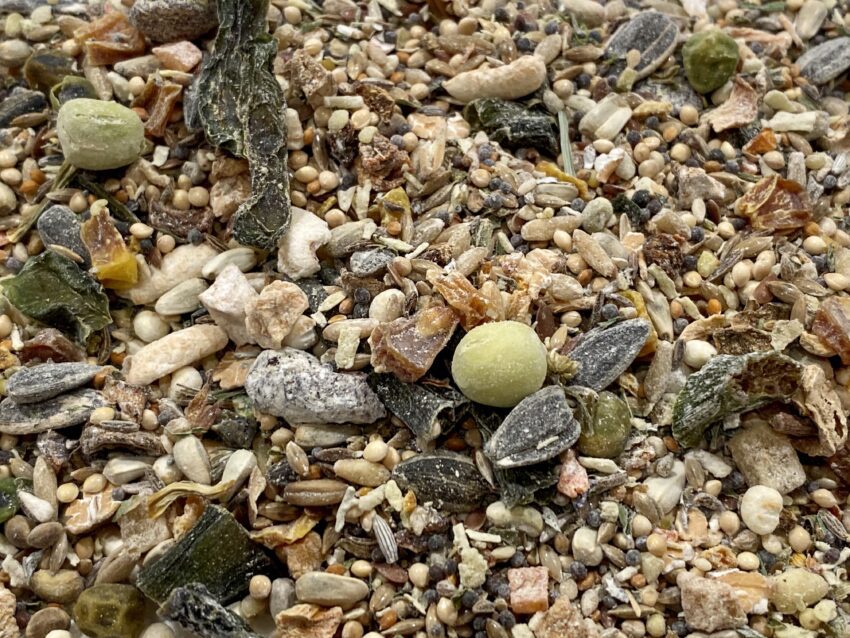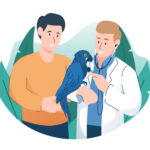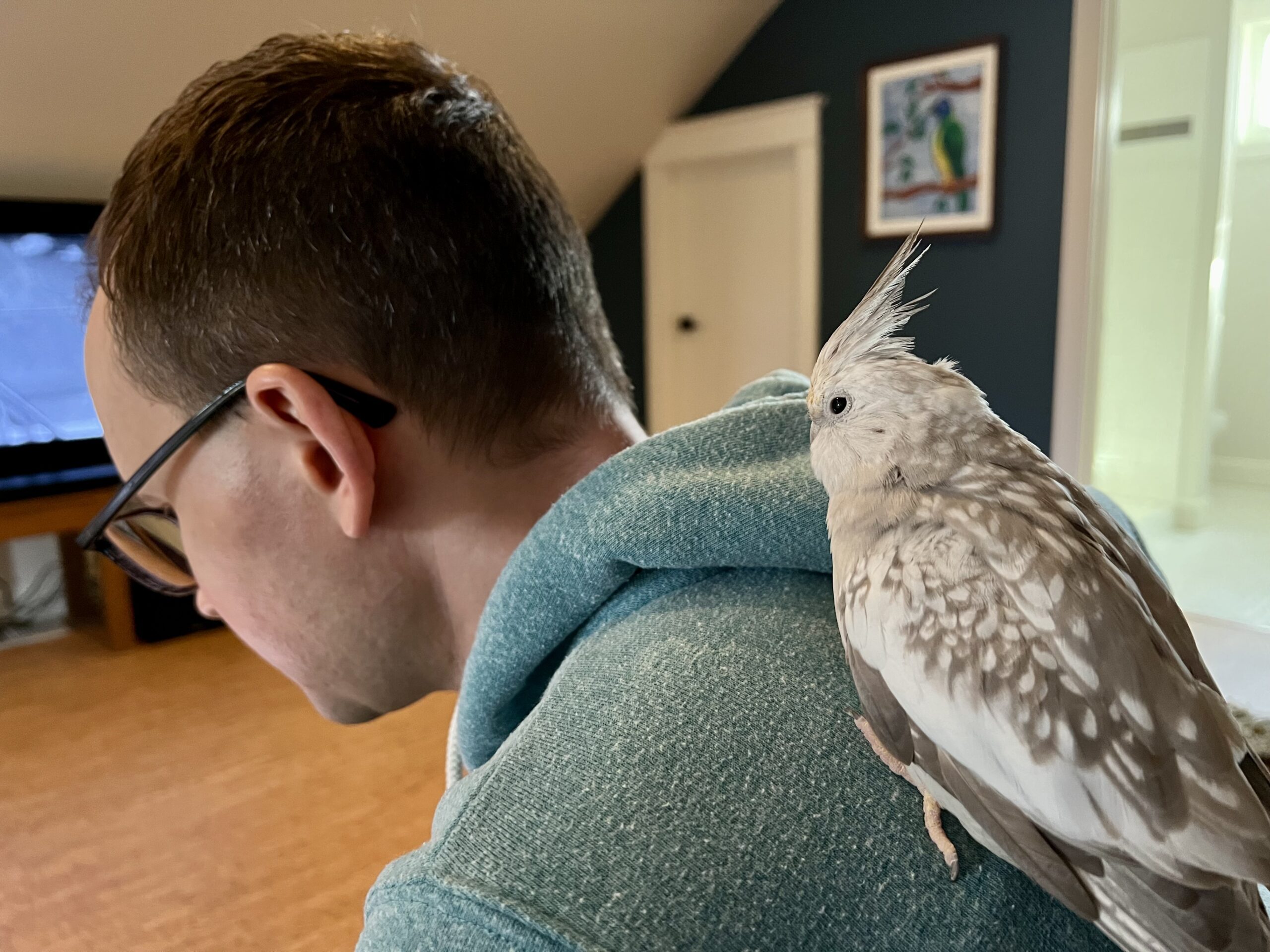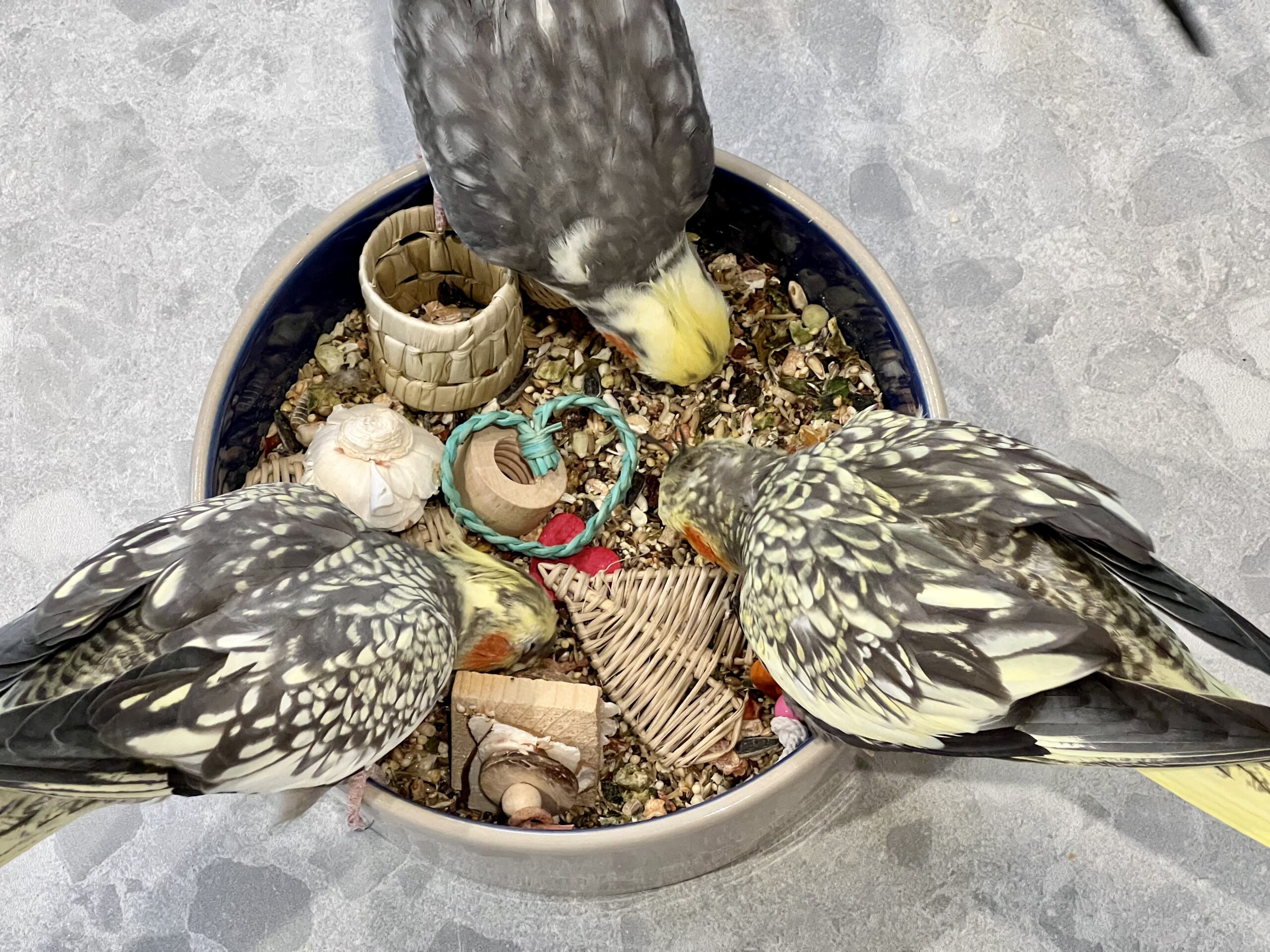
Variety and enrichment in a dry diet
I’m defining a “dry diet” as either pellets, seeds, dried chop, and other dry ingredients—or a combination of them. Regardless of the dry diet, most people know the importance of giving your bird fresh vegetables and fruit every day.
This article is closely related to a number I’ve already written.
I talked about how pellets are processed food and if that is all you feed your bird for their dry diet, they are getting exactly ONE thing. The pellet may contain many ingredients compressed together, but as far as the bird is concerned, it’s one item, opened one way, and swallowed one way. Not very mentally enriching.
I found a great quote on Lafeber’s website referring to using seeds as enrichment. Even though I agree with that to some degree, many popular seed mixes provide a very low variety of seeds. When I analyzed whether seeds were high in fat, I noted that 6 seeds was a common number of seeds that comprised most of the diet.
In a personal article about what my birds eat, I listed the products I use and how I mix them. I provided ingredient lists, but since there is overlap in the products, it’s hard to tell how many total ingredients are in them.
I’ll also mention that the chop diet I use also adds seasonal vegetables and fruit, so the exact number of ingredients is actually higher.
I’ll list all the ingredients below, in alphabetical order, but first, lets compare:
Variety and enrichment
- Pelleted/processed diet: Only 1 item
- Commercial seed diet: Roughly 6-10 items
- My diet: 80+ items
Imagine how much more enriching a diet with more than 70 items in it would be to a bird than one with just 1 item.
The List
Note that I’m not trying to make anyone feel guilty for having a less varied diet. My point is that you can have an incredibly varied diet with off-the-shelf products that will give your bird another dimension to their enrichment experience.
Birds spend a lot of their lives eating so if it’s entertaining and enjoyable to them, this is less time for boredom, developing bad behaviors, or plucking feathers. A dry diet with great variety can come in handy on those days where you neglect your fresh fruit and veg or you have another caretaker who doesn’t have the time.
Another aspect of this list of ingredients worth mentioning is olfactory ingredients such as spices. These are mentioned in my article on sensory enrichment.
Note that all the fruit and vegetables and dehydrated as well as the sprouted seeds are dehydrated.
- Almonds
- Alfalfa leaves
- Amaranth
- Apples
- Bananas
- Barley
- Beets
- Bell peppers
- Bok choy
- Brazil Nuts
- Broccoli
- Brussel sprouts
- Buckwheat
- Cabbage
- Canary grass seed
- Canola seed
- Caraway Seed
- Carrots
- Cashews
- Cauliflower
- Celery
- Ceylon cinnamon
- Chamomile
- Chia seed
- Chili peppers
- Coconut
- Corn
- Cranberries
- Date pieces
- Filberts
- Flaxseed
- Goji berries
- Green Beans
- Green Bell Peppers
- Hemp Seed
- Jicama
- Kale
- Kava kava root
- Lavender
- Lemon Balm
- Macadamia Nuts
- Mangos
- Millet
- Oat Groats
- Orange Peels
- Papaya
- Parsley
- Passion flower
- Peas
- Pecans
- Pepitas
- Pine Nuts
- Pineapples
- Pistachios
- Poppy seed
- Pumpkin seeds
- Quinoa
- Radish
- Raisins
- Red Bell Peppers
- Red Clover Flower
- Red Millet
- Safflower Seed
- Sesame seeds
- Snow peas
- Soybeans
- Spinach
- Sprouted lentils
- Sprouted pumpkin seeds
- Sprouted quinoa
- Sprouted sunflower seeds
- Star anise
- String beans
- Sunflower seeds
- Sweet potato
- Valerian root
- Walnuts
- White Millet
- Yellow squash
- Zucchini
Conclusion
Even though this is a LOT of ingredients, it’s closer to what a human might eat that has a balanced diet. It’s not a crazy list by any means. When designing your dry diet, think about broadening the number of ingredients. Even rotating a diet is an excellent way to expose your bird to more variety without having to design a diet with a large number of ingredients.





